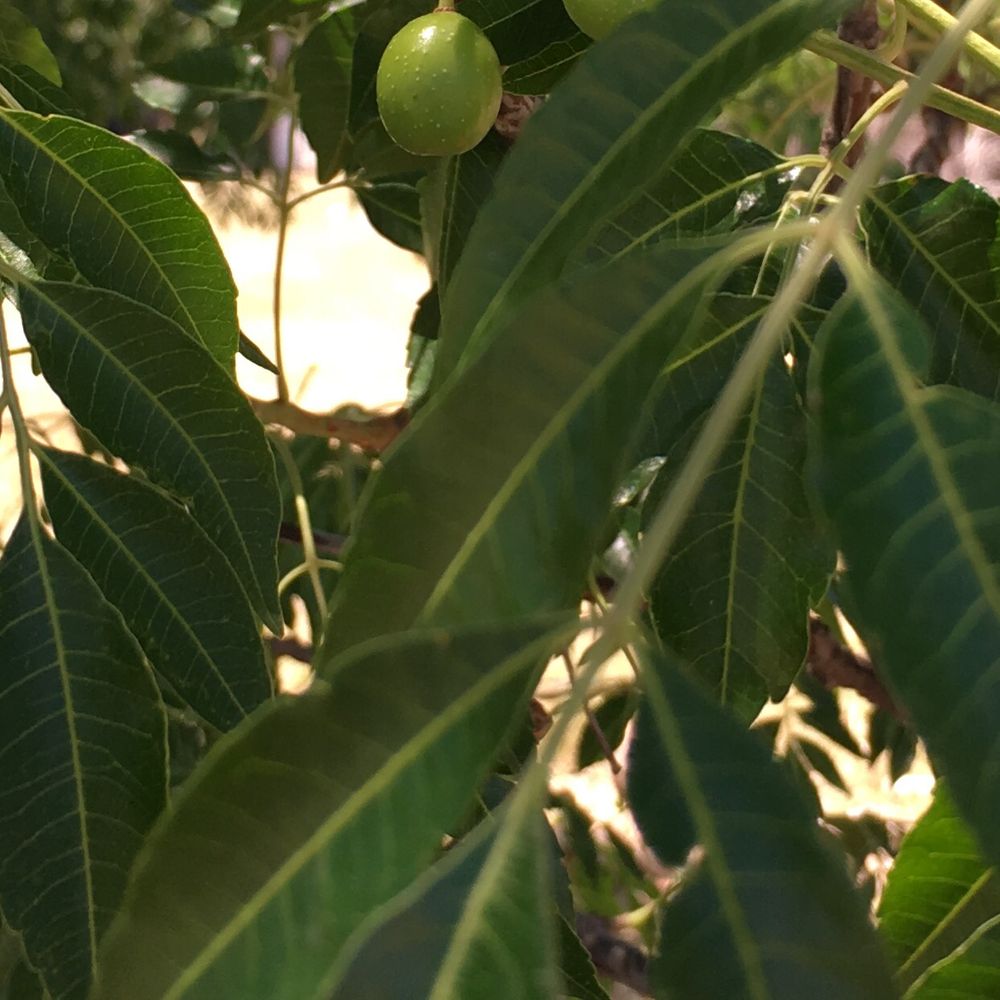Wingleaf soapberry
(Sapindus saponaria)

Description
Sapindus saponaria is a small to medium-sized deciduous tree native to the Americas. Common names include wingleaf soapberry, western soapberry, jaboncillo, sulluku and manele and a'e (Hawaiian). Its genus name, "Sapindus", comes from the Latin, meaning Indian soap, and its specific epithet means "soapy." It often grows in clumps or thickets reaching about 20 ft. (6.1 m) in height in the western part of its range. Solitary trees though can grow as tall as 50 ft. (15.2 m) in height. In the western part of its range it is most often found growing at the head of prairie ravines, the margins of woodlands, the edges of fields or on rocky hillsides. The leaves of the soapberry are alternate, pinnately compound, thick and leathery but deciduous, 8 in. (20 cm) to 15 in. (38 cm) in length, made up of 6 to 20 narrow lanceolate leaflets with smooth margins, long tapered tips, and uneven wedge-shaped bases which are 2 in. to 5 in. (5 cm to 13 cm) long and .75 in. to 1.5 in. (2 cm to cm) wide. Midveins on leaves of var. saponaria are mostly winged, while those of var. drummondii are never winged. The inflorescence are dense terminal panicles of small white flowers 6 in. to 10 in (15 cm to 20 cm) long. Flowering occurs in May–June for var. drummondii and in November for var. saponaria. The fruit occur in large pyramidal clusters at the ends of branches. Each golden colored fruit is between 1.2 in. to 1.4 in. (3 cm to 3.6 cm) in diameter and becomes translucent and wrinkled when fully mature and contains a single black seed about .35 in (9 mm) in diameter. Fruits of var. drummondii ripen in October and often remain on the tree until spring, while those of var. saponaria ripen in spring.
Taxonomic tree:







